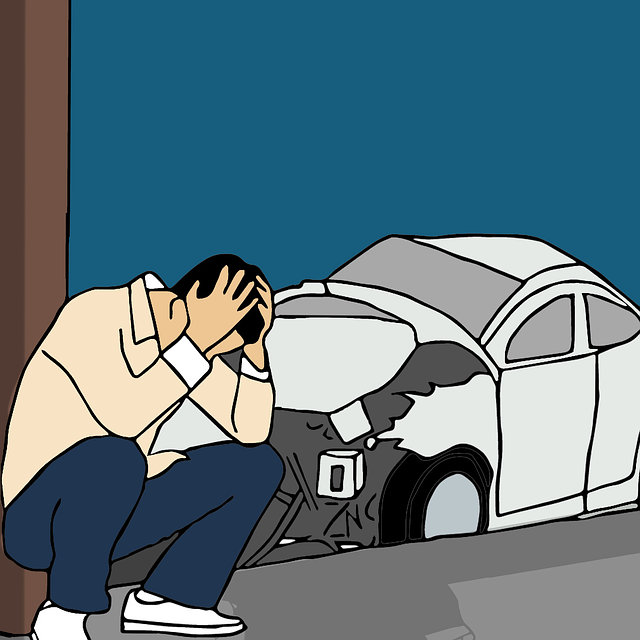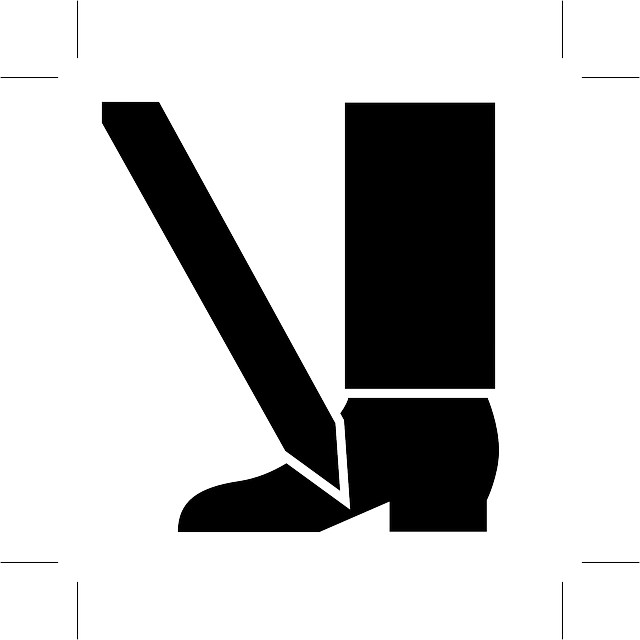When comparing an injury law firm to a solo practitioner, size and structure are key differences. Larger firms offer multiple attorneys, support staff, and specialized departments, leveraging technology for efficient case management. This enables them to handle diverse legal needs and provide extensive expertise in various injury areas. Conversely, solo practitioners maintain independent practices with limited resources, fostering closer client relationships but potentially resulting in a more generalized approach. Injury law firms excel in handling high-volume cases and complex matters through specialized teams and advanced technologies, while solo practitioners offer autonomy, personalized service, and strong client relationships, though their resources might be insufficient for lengthy or high-profile cases.
When considering an injury law firm versus a solo practitioner, crucial factors come into play that can significantly impact client experiences and case outcomes. This article delves into the core distinctions between these two legal structures, focusing on size and structure, expertise and specialization, and ultimately, client experience and outcomes. Understanding these differences is essential for those seeking representation in injury law, enabling informed decisions based on their unique needs and preferences.
- Size and Structure: Comparing Firm to Solo Practice
- – Advantages of a larger firm versus the autonomy of solo practitioners
- – How firm size impacts case load, resources, and client interaction
Size and Structure: Comparing Firm to Solo Practice

When comparing an injury law firm to a solo practitioner, one of the most striking differences lies in size and structure. An injury law firm typically consists of multiple attorneys, support staff, and specialized departments, catering to a diverse range of legal needs. This scale allows for greater resources, including advanced technology and extensive case management systems, which can streamline processes and improve efficiency. The larger team also means more expertise; firms often have specialists in various areas of injury law, such as slip and fall injuries or truck accident cases, ensuring clients receive highly competent representation.
In contrast, a solo practitioner operates independently, relying on their own skills and a limited support staff. While this setup fosters a closer attorney-client relationship, it may result in fewer resources and a more generalized approach to legal services. Solo practitioners often handle all aspects of a case themselves, which can be beneficial for smaller, less complex matters but might present challenges when dealing with intricate cases or multiple partnerships disagreements that require specialized knowledge.
– Advantages of a larger firm versus the autonomy of solo practitioners

When comparing an injury law firm to a solo practitioner, one of the primary advantages of a larger firm is its collective expertise and resources. These firms often have teams of specialized attorneys who focus on various aspects of personal injury claims, from initial case assessment to trial strategy. This depth of knowledge ensures clients receive well-rounded legal counsel tailored to their specific needs. Moreover, larger firms typically have access to advanced technologies and investigative tools that can streamline the legal process, potentially increasing the efficiency and effectiveness of accident attorney representation.
In contrast, solo practitioners offer a level of autonomy and personalized service that larger firms may struggle to match. They often develop strong relationships with their clients, providing a more direct line of communication. This individual approach allows for a deeper understanding of each client’s unique situation and goals, which can be particularly beneficial in complex real estate litigation or other specialized areas. However, the limited resources of a solo practitioner might result in reduced capacity to handle high-profile or lengthy cases compared to an established injury law firm.
– How firm size impacts case load, resources, and client interaction

Injury law firms, whether small or large, handle a diverse range of cases, but firm size significantly influences key operational aspects. Larger firms typically manage a higher case load due to their extensive resources and multiple attorneys specializing in various areas of personal injury law. This allows them to take on complex cases and offer a broader array of services. Conversely, solo practitioners often have a more limited caseload, enabling them to dedicate substantial time and attention to each client. They foster closer relationships with clients, providing personalized service that larger firms may struggle to replicate.
Moreover, firm size affects resource allocation and the level of support available to lawyers. Larger injury law firms can invest in cutting-edge technology, extensive legal research databases, and a team of paralegals and support staff to handle administrative tasks, enabling attorneys to focus on strategic decision-making and client interaction. In contrast, solo practitioners may have fewer resources, relying more on their own expertise and external vendors for certain services. This difference can be particularly notable in areas like contract disputes or nursing home neglect cases where extensive documentation and specialized knowledge are required.
When deciding between an injury law firm and a solo practitioner, understanding the differences in size and structure is key. While larger firms offer benefits such as increased case load management, access to diverse resources, and structured client interaction, solo practitioners thrive on autonomy, personalized attention, and close relationships with clients. Ultimately, the choice depends on individual preferences and case complexities, ensuring each party receives the best possible legal representation tailored to their needs. For those seeking a robust network and comprehensive support, an injury law firm may be ideal; for others, the flexibility and direct involvement of a solo practitioner could be the better fit.






